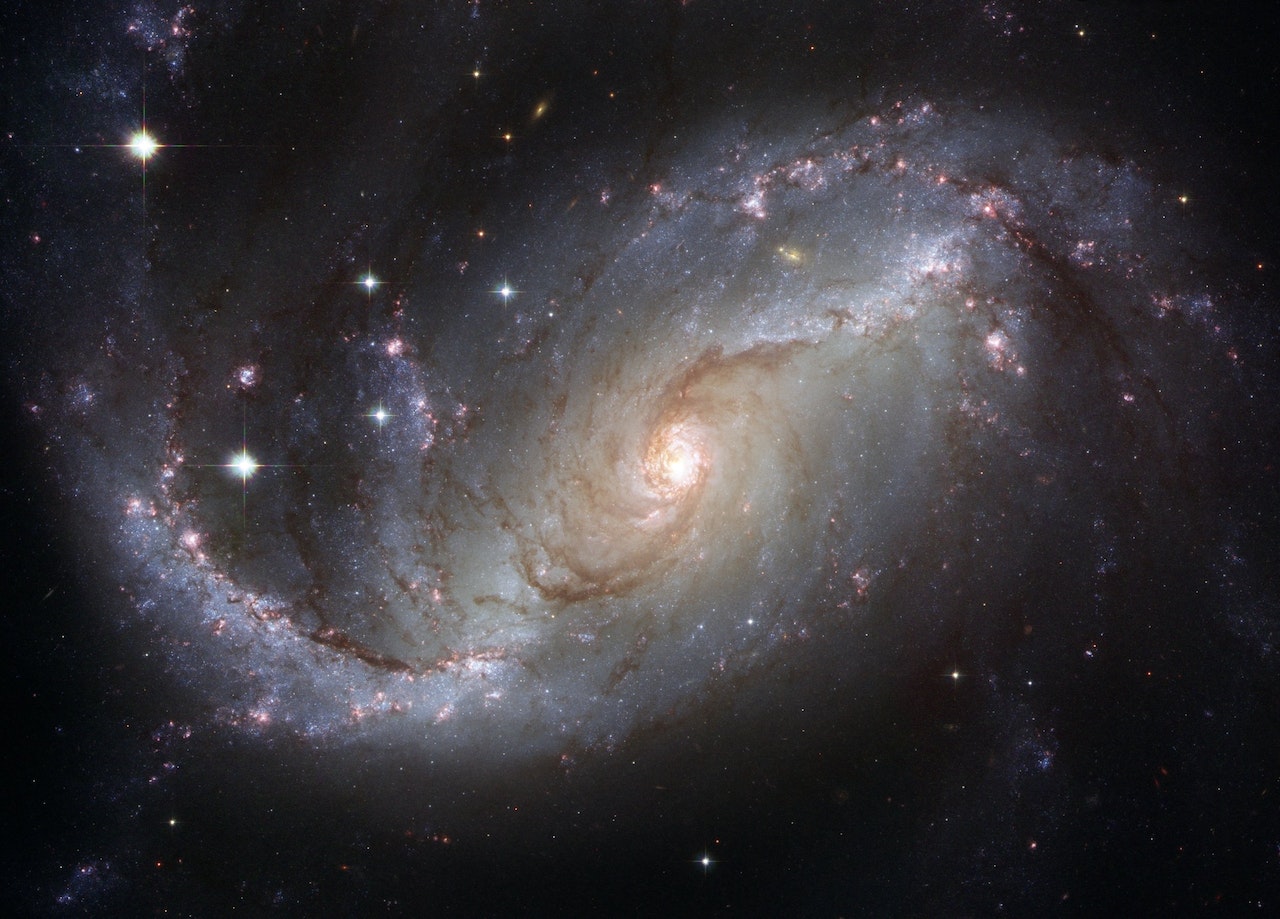9 Billion light years away from us!
Recently a new galaxy is discovered by James Webb Space Telescope which is similar to the Milky Way Galaxy. This discovery provides a hope for new life, as every star in the universe has the potential to support it. This galaxy is located 9 billion light years away from the Earth.
The galaxy is named as ‘Sparkler’ because it is surrounded by around two dozen shining globular clusters orbiting around it and is located in the southern constellation Volens.
The James Webb Space Telescope recently captured images of Sparkler, when the universe was only about one-third of its current age, which is estimated to be around four billion years old. This provides a unique glimpse into the early stages of the galaxy’s development.
Scientists predict that if Sparkler continues to grow at its current rate, it could eventually develop into a galaxy similar to the Milky Way in about nine billion years. This growth pattern is based on observations of the Milky Way and other galaxies of similar size and structure.
The Sparkler Galaxy is of great interest to astronomers due to its high rate of supernova activity and active star formation, as well as its unique characteristics that provide insights into the evolution of galaxies over time.

This new galaxy is just 3 percent the mass of Milky Way, but astronomers expects that it will grow with time and eventually will matches the mass of Milky Way Galaxy.
The research was led by Professor Duncan Forbes of Swinburne University in Australia and Professor Aaron Romanowsky of San State University in USA.
Forbes said, “We are excited by this unique opportunity to study both the formation of globular clusters and an infant Milky Way, at a time when the Universe was only 1/3 of its present age.”
HERE IS MORE ABOUT JAMES WEBB TELESCOPE AND MILKY WAY GALAXY
WHAT IS JAMES WEBB SPACE TELESCOPE?
The James Webb Space Telescope, also referred to as JWST, is a large space-based observatory launched in 2021 which is currently conducting infrared astronomy. It is named after James E. Webb, who was the second administrator of NASA and played a key role in the Apollo program.

The JWST is a collaborative effort between NASA, the European Space Agency (ESA), and the Canadian Space Agency (CSA). It is designed to be the successor to the Hubble Space Telescope, which has been in operation since 1990.
FEATURES: –
- Large mirror with diameter of 6.5 meters that allows it to gather much lighter than its predecessor.
- Observes the universe in infrared part of spectrum.
- Capture images and data that were previously impossible for the scientists to obtain.
- Placed in a special orbit around the sun, known as a Lagrange point which provides more stability to the telescope so that it will not be affected by the Earth’s atmosphere or Sun’s glare.
Overall, JWST with its advanced technology and unique capabilities helps scientists to answer some of the most fundamental questions about the nature of universe.
WHAT IS MILKY WAY GALAXY?

The Milky Way is a large barred spiral galaxy that contains our Solar System. It is estimated to be about 100,000 light-years in diameter and is home to billions of stars, as well as a vast array of gas, dust, and other celestial objects.
The galaxy is named after the faint band of light that we see across the night sky, which is actually the dense core of the galaxy seen from the side. It is composed of a central bulge, a disk with spiral arms and a hole of globular clusters that surrounds the disk.
